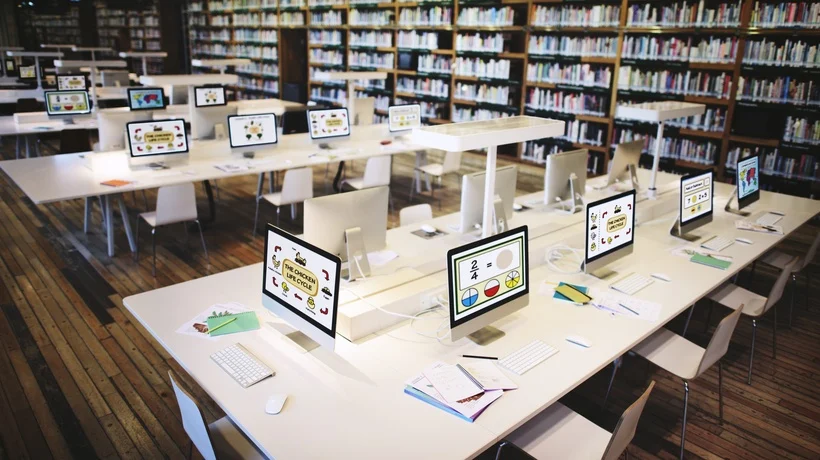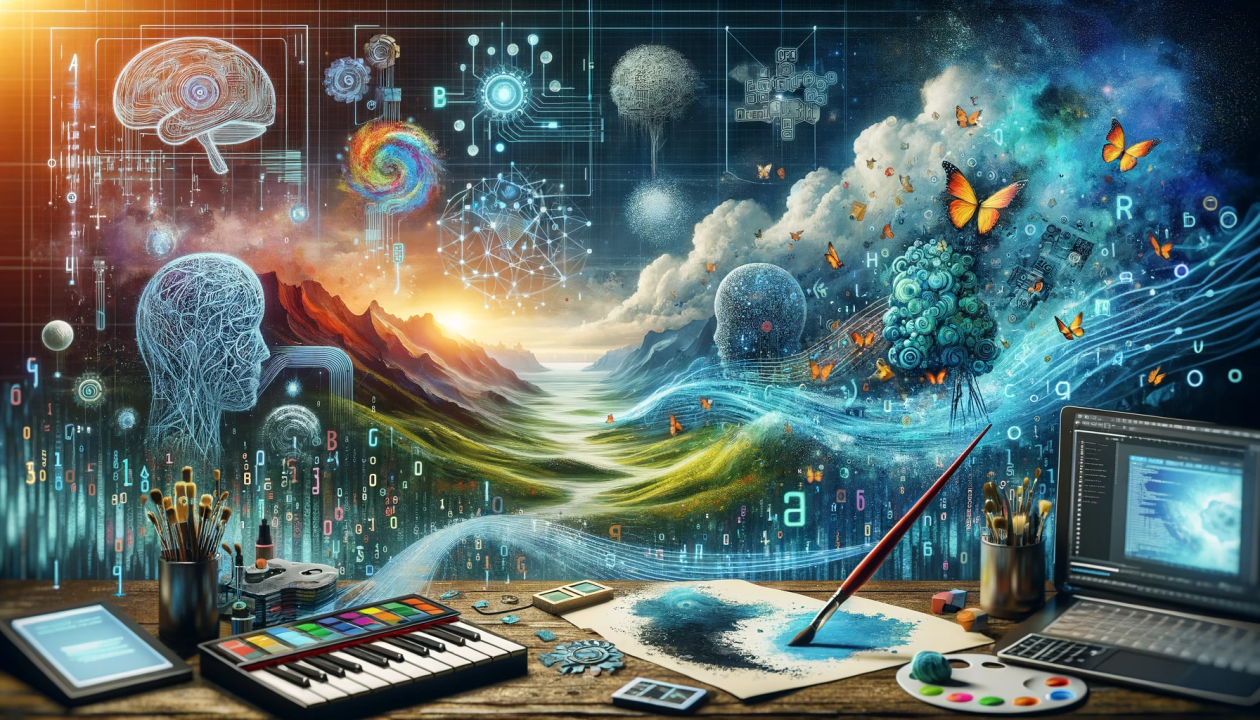Introduction: What Is Style Transfer?
Style Transfer is a fascinating application of Generative AI that combines the content of one image with the style of another to create a visually compelling hybrid. In simple terms, imagine taking a photograph of a dog and painting it as if it were drawn by Van Gogh or Picasso. That transformation is what style transfer makes possible.
First popularized through the Neural Style Transfer (NST) technique introduced by Gatys et al. in 2015, this AI model reconstructs an image by separating and recombining its content and style representations using Convolutional Neural Networks (CNNs).
Table of Contents
- Understanding the Core Concepts
- Neural Style Transfer: How It Works
- Deep Dive: The Role of CNNs
- Loss Functions in Style Transfer
- Applications of Style Transfer
- Tools and Libraries
- Variants and Modern Techniques
- Examples: Before and After
- Infographic: How Style Transfer Works
- Challenges and Limitations
- The Future of Artistic AI
- Final Thoughts and CTA
1. Understanding the Core Concepts
To truly understand style transfer, we need to define two elements:
- Content Image: The original structure or subject (e.g., a photo of a cat).
- Style Image: The artistic texture, color, and brushstrokes (e.g., a Van Gogh painting).
The goal is to generate a third image that keeps the layout of the content image but applies the visual flair of the style image.
2. Neural Style Transfer: How It Works
The pioneering work by Gatys et al. (2015) formulated style transfer using pre-trained convolutional neural networks such as VGG-19. Here’s a simplified overview of how NST works:
- Load a Pre-trained Network (usually VGG19 trained on ImageNet).
- Extract Features from multiple layers for both content and style images.
- Optimize a Target Image:
- Minimize the content loss: difference in structure.
- Minimize the style loss: difference in textures and patterns.
- Minimize the content loss: difference in structure.
The resulting image is iteratively refined using gradient descent to reduce total loss.
3. Deep Dive: The Role of CNNs
CNNs are perfect for analyzing images because they automatically learn spatial hierarchies of patterns.
- Shallow layers capture edges and shapes (good for content).
- Deeper layers capture textures and colors (good for style).
This dual capability allows the network to simultaneously understand what the image is about and how it looks.
4. Loss Functions in Style Transfer
The beauty of neural style transfer lies in how it mathematically balances content and style.
- Content Loss (Lc):
Measures the difference between the content features of the generated image and the original content image.
Lc=∑l∥FlG−FlC∥2L_c = \sum_{l} \|F_l^G – F_l^C\|^2Lc=l∑∥FlG−FlC∥2 - Style Loss (Ls):
Based on the Gram Matrix, it compares the correlations of feature maps from the style image and generated image.
Ls=∑l∥GlG−GlS∥2L_s = \sum_{l} \|G_l^G – G_l^S\|^2Ls=l∑∥GlG−GlS∥2 - Total Loss:
L=αLc+βLsL = \alpha L_c + \beta L_sL=αLc+βLs
Here, α and β are hyperparameters that control the weight of content and style.
5. Applications of Style Transfer
Style transfer isn’t just a fun AI experiment. It’s transforming multiple industries:
| Application Area | Use Case Example |
| Digital Art | Turning sketches into paintings |
| Fashion & Design | Applying styles to clothing designs |
| Film & Animation | Creating stylized cinematic filters |
| Advertising | Producing unique branded visuals |
| Social Media | Apps like Prisma apply style filters |
| Gaming | Procedural generation of environments |
| AR/VR | Stylizing live video feeds in real-time |
6. Tools and Libraries

You don’t need to build style transfer models from scratch. Several tools and frameworks can help:
| Tool / Library | Description |
| TensorFlow | Includes tutorials for NST |
| PyTorch | Offers easy implementations via torchvision |
| FastAI | Simplifies training and transfer |
| RunwayML | GUI-based tool for fast style experiments |
| DeepArt | Web-based platform using NST |
7. Variants and Modern Techniques
Style transfer has evolved from basic NST to more sophisticated models:
A. Fast Style Transfer
- Speeds up the process by training a feed-forward network per style.
- Real-time performance for mobile apps.
B. Arbitrary Style Transfer
- A single model that can apply any style, without retraining.
- Uses Adaptive Instance Normalization (AdaIN).
C. Photo-realistic Style Transfer
- Maintains realistic structures (no distortions).
- Useful in architectural and landscape rendering.
D. Video Style Transfer
- Applies style frame-by-frame while preserving temporal consistency.
8. Examples: Before and After
| Input | Style | Output |
| Photograph of Eiffel Tower | Starry Night (Van Gogh) | Tower in dreamy swirls |
| Portrait photo | Cubist painting | Fragmented abstract face |
| Mountain landscape | Watercolor painting | Soft, dreamy hues |
(Insert visuals of these examples for TechThrilled readers.)
9. Infographic: How Style Transfer Works
10. Challenges and Limitations
Despite its appeal, style transfer comes with technical and practical limitations:
| Limitation | Description |
| Time-consuming | Original NST is computationally expensive |
| Style leakage | Content may get lost in aggressive styles |
| Lack of generalization | Many models support only specific styles |
| Color preservation issues | Sometimes color fidelity is not retained |
| Over-stylization | Output may look too artificial or cluttered |
11. The Future of Artistic AI
Style transfer is part of a broader movement in AI called Creative AI, where machines aren’t just optimizing numbers but creating aesthetics.
Emerging directions include:
- Multimodal Style Transfer (combining text and image styles)
- Interactive AI Design Tools
- Generative Design in Architecture
- NFT and AI Art Auctions
Style transfer also intersects with GANs, Diffusion Models, and Contrastive Learning to enhance realism and diversity in outputs.
12. Final Thoughts and CTA
Style Transfer bridges the gap between artificial intelligence and human creativity. It gives machines the power not just to analyze, but to imagine. Whether you’re a developer, artist, designer, or just curious about AI, exploring style transfer can expand your understanding of how machines interpret and transform visual aesthetics.
Stay ahead with AI innovation in art and design.
Want more AI in your inbox?
Subscribe to our TechThrilled newsletter for weekly updates on cutting-edge AI techniques, tutorials, and deep dives like this one.
Leave a comment if you’ve tried building a style transfer model or using one in your projects.
Share this article to inspire more creative minds with the power of generative AI.
Reference:
- Gatys, L. A., Ecker, A. S., & Bethge, M. (2015). “A Neural Algorithm of Artistic Style”. arXiv preprint.
- PyTorch Style Transfer Tutorial: https://pytorch.org/tutorials/advanced/neural_style_tutorial.html
